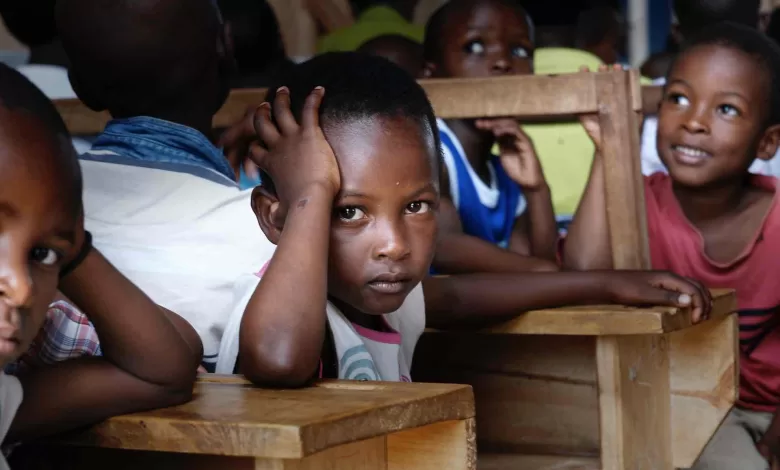Zambia’s Free Education Boom: More Students, But Challenges Remain

- Zambia's free education program surge in enrollment
- Zambia's enrollment increase reflects a positive trend
- UNICEF stresses the need for quality education
Zambia’s ambitious free education program launched in 2021 has seen a massive surge in enrollment, with an additional two million students now attending primary and secondary schools. This increase is a positive step towards a brighter future for Zambian youth, but there’s a catch: a lack of investment in infrastructure threatens the quality of education.
Overcrowded classrooms, teacher shortages, and a lack of basic supplies like desks and textbooks are hindering students’ ability to meet educational goals. UNICEF, the UN’s children’s agency, highlights these concerns. While primary school enrollment is high at 87.9%, secondary school enrollment remains low at 42.9%, with a transition rate of only 67.5% from primary to secondary.
Despite these challenges, Zambia’s enrollment increase reflects a positive trend across sub-Saharan Africa, with more children attending school than ever before. The African Union’s recent declaration of 2024 as the “Year of Education” emphasizes the continent’s focus on achieving quality education for all.
UNICEF stresses the need for policymakers to prioritize improving the quality of education alongside increasing access. The Zambian government seems aware of this. With over $1 billion invested since 2021, they plan to build 170 new schools and recruit 55,000 teachers by 2026 (37,000 have already been hired).
Education Minister Douglas Syakalima acknowledges the overcrowding but views it as a positive sign, calling education “the best economic policy.” He emphasizes his preference for crowded classrooms over children being out of school.






